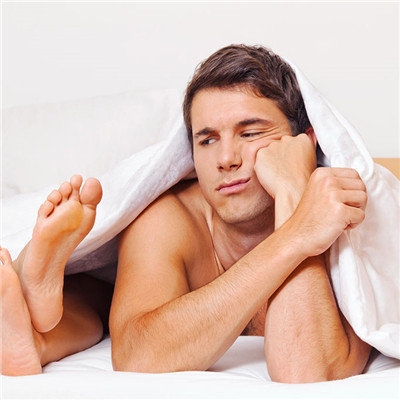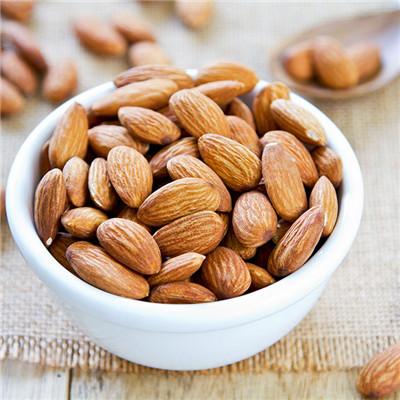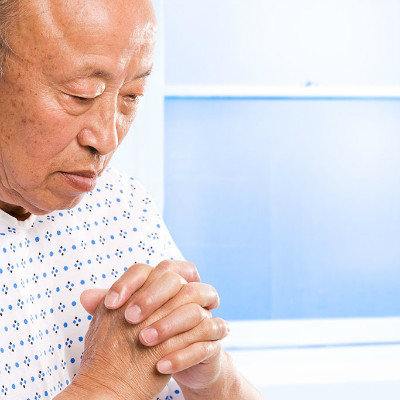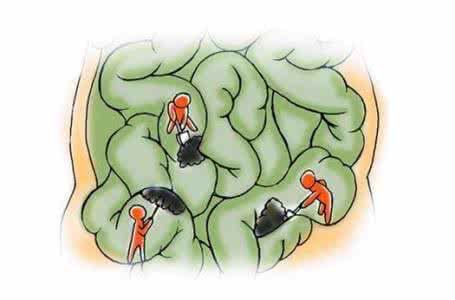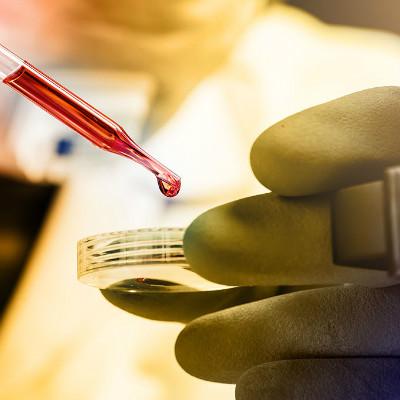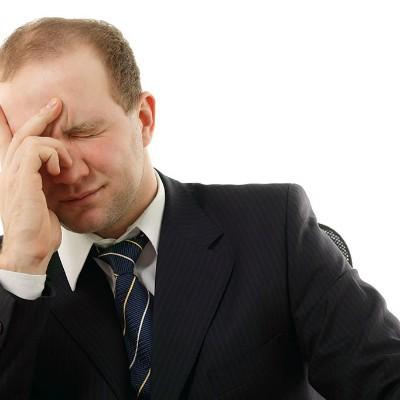Migraine symptoms, treatment?
summary
Migraine is a common disease that plagues people's health. It mostly occurs in women. It is manifested as pulsatile headache that occurs repeatedly in one or both sides of the temporal region. Before the occurrence of migraine, it will be accompanied by visual and somatosensory aura. When migraine attacks, it will have vomiting symptoms. Migraine usually occurs in adolescence, the onset age is 25-34 years old, and a few occur in childhood or after middle age. Migraine symptoms, treatment? Let's talk about it
Migraine symptoms, treatment?
Aura. In this period, there will be visual omens, such as flashing, flashing zigzag lines, dark spots, blackness, hemianopia, etc., as well as visual deformation and color change. There are also some signs of the body, such as numbness of one side of the body or face, abnormal sensation, etc., lasting from a few minutes to an hour.

Headache period. One side of the temporal or orbital pulsatile headache. It can also be manifested as total headache, unilateral or bilateral frontal headache and uncommon occipital headache. Headache often starts from the frontal, temporal and orbital posterior, spreading to the half or the whole head. There will also be nausea, vomiting, odor terror and fatigue. The duration of headache is 2-10 hours, a few can reach 1-2 days, and children can last 2-8 hours.
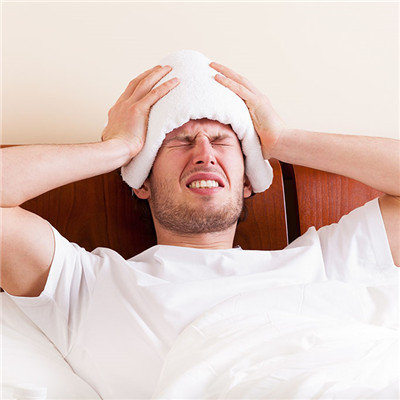
Migraine without aura is the most common type of migraine. There is no typical aura before the onset. It is often bilateral temporal and periorbital pain. It can be pulsatile, with recurrent headache and vomiting. Headache lasts for a long time, up to several days, and the symptoms can be complicated by neck muscle contraction when the pain lasts. The attack will have scalp tenderness, vomiting occasionally can make headache stop. Female migraine without aura is related to menstruation.
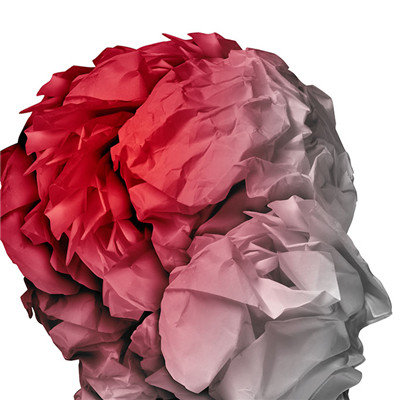
matters needing attention
Avoid headache inducing factors: to prevent migraine attack, first eliminate or reduce the inducement of migraine, in daily life should avoid direct stimulation of strong light, such as avoid looking directly at the reflection of car glass, avoid looking from dark indoor to bright outdoor. Avoid looking at neon lights with strong light. Avoid emotional stress, taking vasodilators and other drugs, drinking red wine and eating foods containing cheese, coffee, chocolate, smoked fish, etc.

